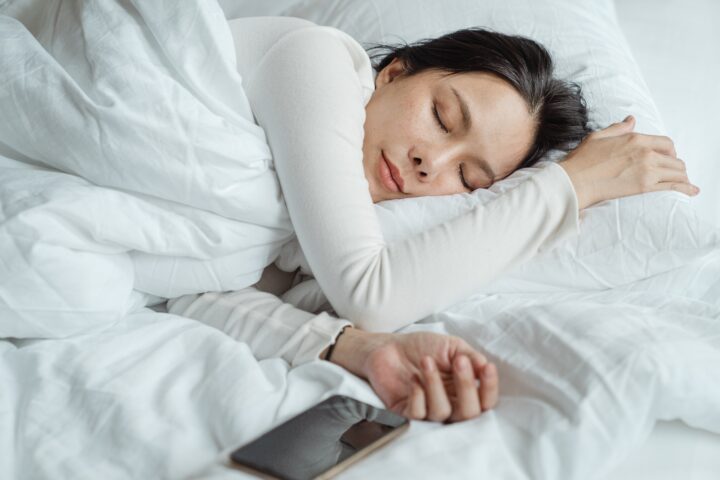Sleep Apnea is a very common disorder that occurs due to recurrent interruptions of breathing during sleep. These obstructive events can affect any stage of sleep causing fragmented sleep, subsequently leading to stress and ultimately fatal cardiovascular consequences for patients.
The main problem is that its current diagnosis is conducted using polysomnography (PSG), which implies that the patient must spend a night in a hospital to monitor their activity. Although this method has a proven efficacy, it also involves very high costs and great technical complexity. In this context, researchers from the University of Valladolid and CIBER-BBN have developed a portable method for the automatic detection and monitoring of sleep apnea based on oxygen saturation recorded at patients’ homes.
Researchers have developed an algorithm software for the automatic detection and monitoring of sleep apnea, which has been hosted on a server. The method involves the patient using a medical device (such as a pulse oximeter) from home, which records blood oxygen saturation levels throughout the night.
They have also developed a desktop application through which the user sends the saturation signal to be processed on the server. With the data collected, indexes and metrics are obtained, as well as the automated calculation of the AHI and functional mapping, from which the AI algorithms finally return a brief report with the corresponding diagnosis. In this way, it helps specialists to determine the severity of the pathology.

Studies have been conducted on more than 8,000 adults and 4,000 children, all showing very high accuracy and efficacy. Currently, the algorithm on the network is fully implemented for children. Furthermore, they are currently in the process of obtaining a patent to protect the use of this method on children.
Benefits:
- It shows very high average accuracy and effectiveness in studies.
- It is a versatile technology that allows sleep monitoring and data collection at home, providing greater comfort and easier use for patients and professionals.
- It is a non-invasive test that may facilitate the first diagnostic index prior to the final diagnosis in children, adolescents, and adults.
- It may reduce costs and time associated with the diagnosis of this pathology. Particularly, it decongests primary care and specialized sleep centers, avoiding delays in diagnosis.
The represented institution is looking for a collaboration that leads to commercial exploitation of the presented invention.
Institution: Universidad de Valladolid and CIBER-BBN (Centro de Investigación Biomédica En Red – Bioingeniería, Biomateriales y Nanomedicina)
TRL: 4
Protection status: 2 EEUU patents for adults, in the process of getting another one for the use of this method on children.
Contact: Elisa Sáenz / e.saenz@viromii.com

